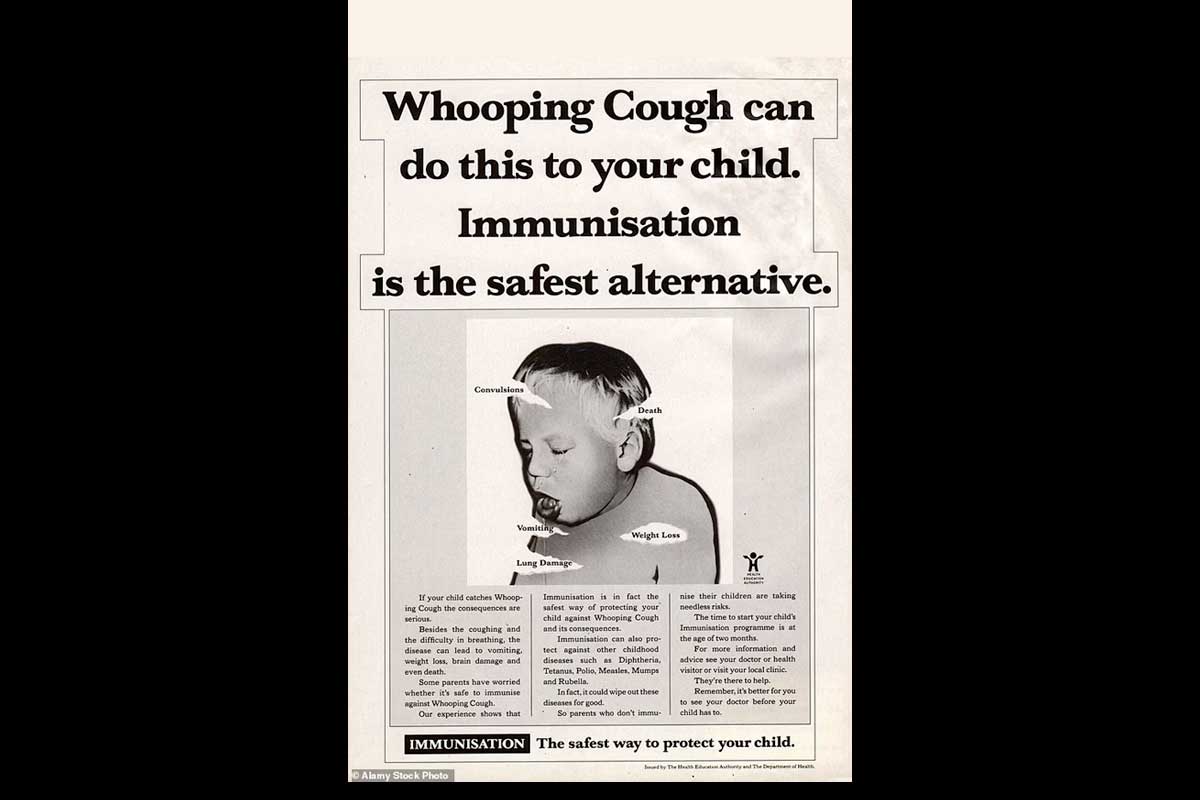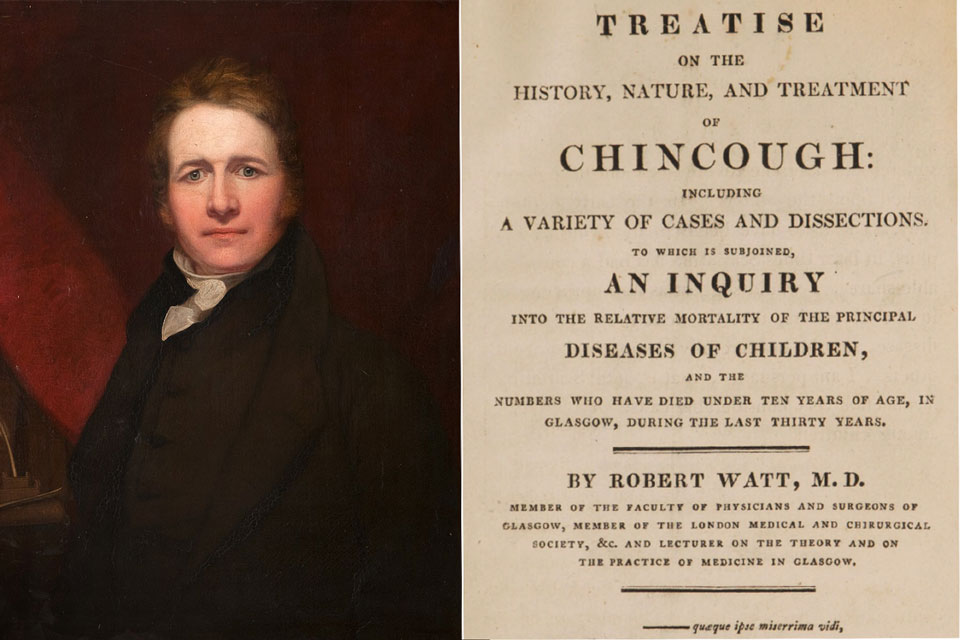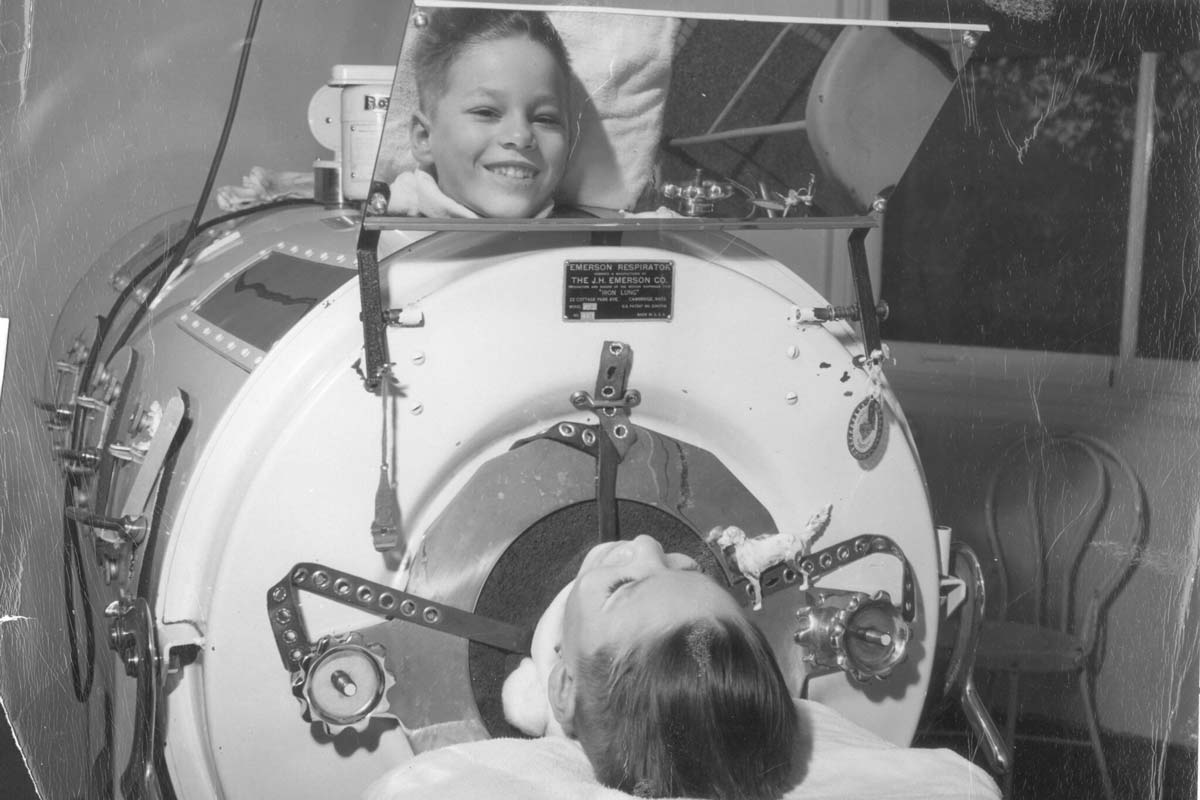Political animals: tracking rats and mapping human health in Brazilian favelas
Rats spread leptospirosis, which means rats are the problem. Or does it?
- 24 August 2022
- 11 min read
- by Maya Prabhu
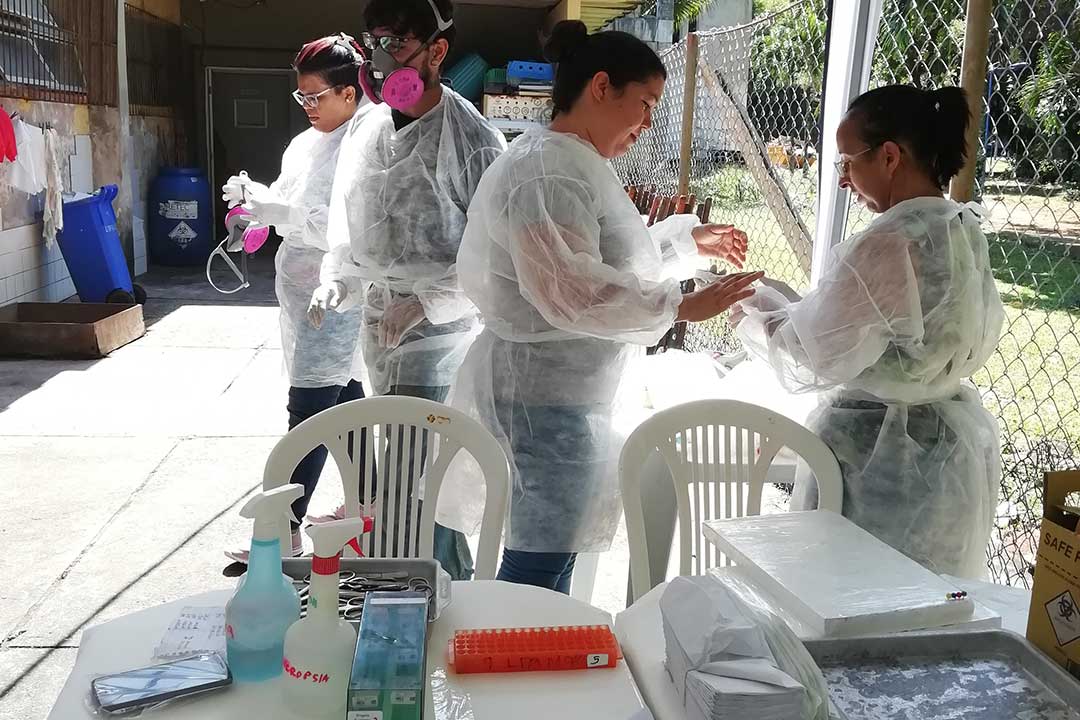
Rat-spotting, it appears, is a habit-forming discipline. For about a month after he returns to Sweden from a regular three-to-five-month fieldwork stint in Salvador, Brazil, the epidemiologist and disease ecologist Dr Hussein Khalil is compulsively vigilant. His eyes track automatically to the corners of rooms, scanning for symptoms of an infestation: clusters of droppings, patterned disturbances of dust or debris. He zeroes in on the greasy streaks low on the walls where rats have squeezed by. Once you know the signs, he says, you see them everywhere.
That’s because rats live everywhere that humans live, profiting from the waste and warmth of peopled places, the opportune secrecy of man-made between-spaces and beneath-zones. “I think of rats as our mirror species, reversed but similar, thriving or suffering in the very cities where we do the same,” writes author Robert Sullivan in his book-length cogitation on New York’s murine inhabitants.
If a given environment can support a population of 100 rats, then even if you kill them all, rats will move in from elsewhere. Very soon, there will be, again, 100 rats.
Sullivan’s characterisation might be as appealing as biting down on a sore tooth, but diagnostically speaking, it’s also quite as useless. The levelling sweep of the universal “we” disguises what matters: rats may be everywhere – Salvador and Sweden both – but aren't equally threatening in every place.
In Salvador’s favelas, where Khalil conducts his research as part of a large interdisciplinary team investigating avenues for control of rodent-borne diseases - a project led by the University of Liverpool in collaboration with the Federal University of Bahia - 80% of adult rats carry leptospirosis. Leptospirosis is a bacterial disease that can, in humans, produce an array of outcomes – from asymptomatic infection, to flu-like presentations, to multisystem organ failure and death.
The bacterium passes to humans via direct contact with infected animals, or indirectly via contact with soil or water contaminated with the urine of an infected animal. Poor sanitation and flooding massively increase the transmission risk, making urban slum residents particularly vulnerable. In Salvador’s favelas, incidence of severe cases of human leptospirosis is high: 58.7 per 100,000 residents.
But why exactly? Where, in fact, does risk concentrate? And how might the transmission pathways best be squeezed, narrowed, pinched off, to make people safer? These are some of the questions the team in Salvador – which includes anthropologists, social workers, epidemiologists, ecologists, medics and more – has been working on resolving since 2017. Khalil sits at the hub of that many-spoked investigative wheel. “My main role is to try and connect the different disciplines, the different approaches, the different methodologies, different sources of data so they all feed into the same global picture,” he explains.
*
A typical field day starts in the changing rooms of a favela football pitch, liberated by the community for the researchers’ use. The team – comprising both scientists and workers from the neighbourhood, and numbering perhaps 40 on a given morning – are dressed identically, recognisably. Security is a live concern here, and it is “some comfort,” says Khalil, that the drug-trafficking gangs are aware of the researchers’ presence. Still, there are mornings when the vibe is off, or a contact in the community sends a word of warning – violent episodes, whether gang-on-gang or police-instigated, can begin very quickly – and the team turns back before they have even begun.
But on good mornings, after a check-in meeting, the researchers splinter into four sub-teams and filter out into the community to gather various species of data. One group, made up of social scientists, focuses on qualitative research questions and “building what we call a community working group, by approaching residents, by approaching community leaders”.
While government campaigns continue to invest a lot in awareness-raising to mitigate the zoonotic threat in Salvador’s slums, Khalil and his colleagues learned quickly – by listening, basically – that “the levels of knowledge [in the community] were quite high, and the perceptions were quite accurate about risk.” The barriers to self-protection lay elsewhere, qualitative research revealed: residents might know that boots and gloves would keep them safe while handling trash or moving through standing water, but boots and gloves are expensive. Or else residents understood the risks, but felt they were too pervasive to bother dodging, or, more insidiously, more sadly, considered them somehow native to their lives.
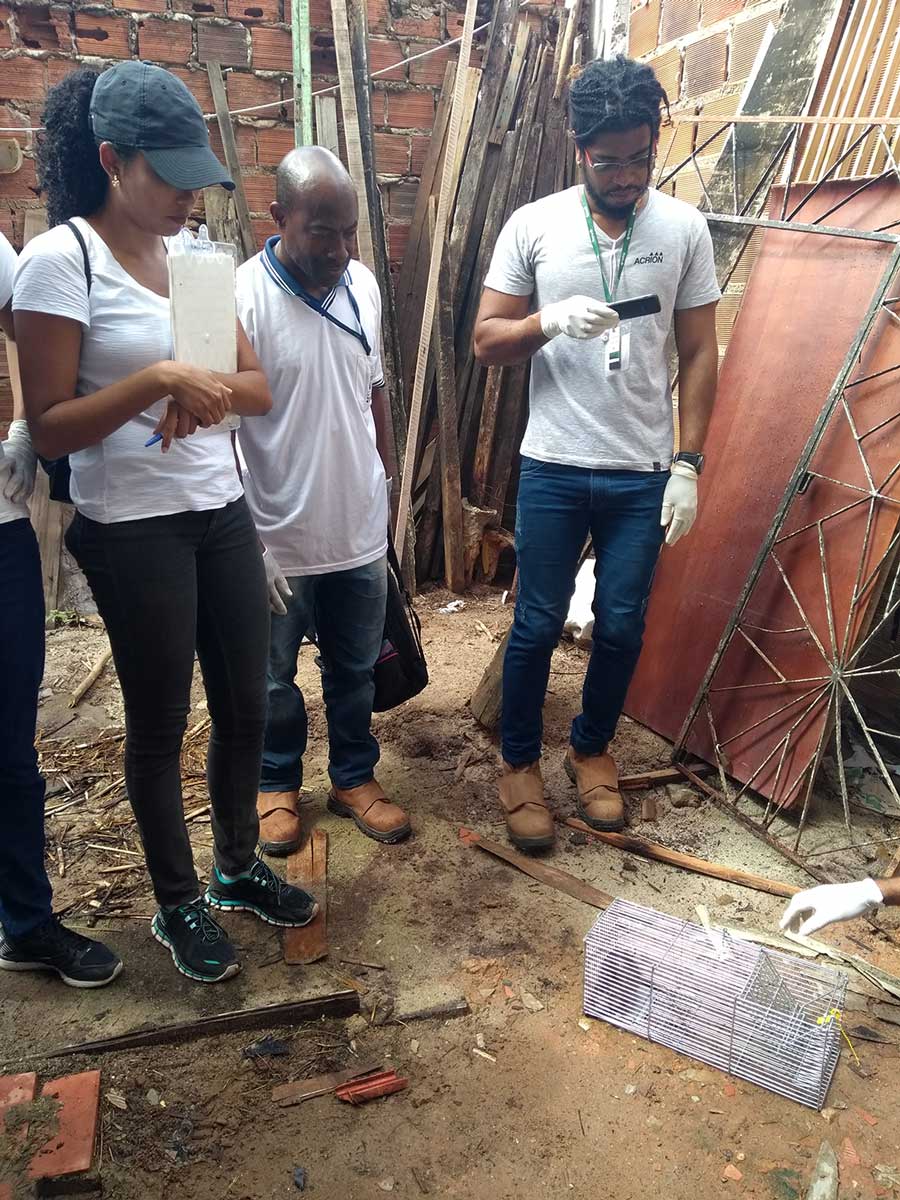
Another sub-team, called the “collaborative mapping team”, works with residents to identify areas perceived as high-risk. “Even though that team is small, we have recruited a lot of residents, and those who have smartphones use an application that the team itself has designed. That app allows [users] to press on a point on the map to report this point as a place where they saw a rat, where they saw standing water, where they saw trash, where there’s an open sewer,” says Khalil. “Their work is, in a way, so much more important than ours – if we come when the trash collection has happened, we will miss what has been left there, maybe over the whole weekend.”
The “eco-environment” sub-team enters the community with pre-determined target locations, distributed to satisfy statistical demands. They take samples: water and soil samples to check for leptospirosis and other pathogens, and of another zoonotic vector species, mosquitoes. And of course, vitally, they sample rats.
Have you read?
Rat sampling techniques include the practised observation that Khalil says can be tough to switch off – scanning for “rat faeces, burrows where rats hide, or even breed, and rat trails.” “Track-plates” gather data too: these are 20cm x 20cm PVC plates coated with a viscous, black solution that retains the marks of paws and tails. “The downside is we don’t know if it’s one rat, or five rats, or ten. But at least we know there’s a high level of rat activity.”

Finally, shoebox-shaped baited “tomahawk” traps capture the whole animal, alive. “With this the benefit is, obviously, you can get the rat itself. This is super important for the laboratory people, because they want to test for diseases, know the demographic profile, is it female, male, what’s the age group?”
Next is figuring out how to make these various kinds of information speak to each other. To marshal the different data – balancing each sort’s inherent biases – the team has constructed a fit-for-use “rattiness index,” a proxy for abundance. “We use that rattiness index to create an information layer – a probability layer – over the whole community.”
That allows the researchers to zero in on a very important question: does increased rattiness account for higher rates of human leptospirosis? “We assume that how ratty an area is, is strongly linked to leptospirosis,” says Khalil. It’s the same assumption that guides local authorities to use a lot of rodenticides in the slums, even though rat extermination campaigns generally perform poorly, since rats are smart, and also reproduce at mind-boggling rates.
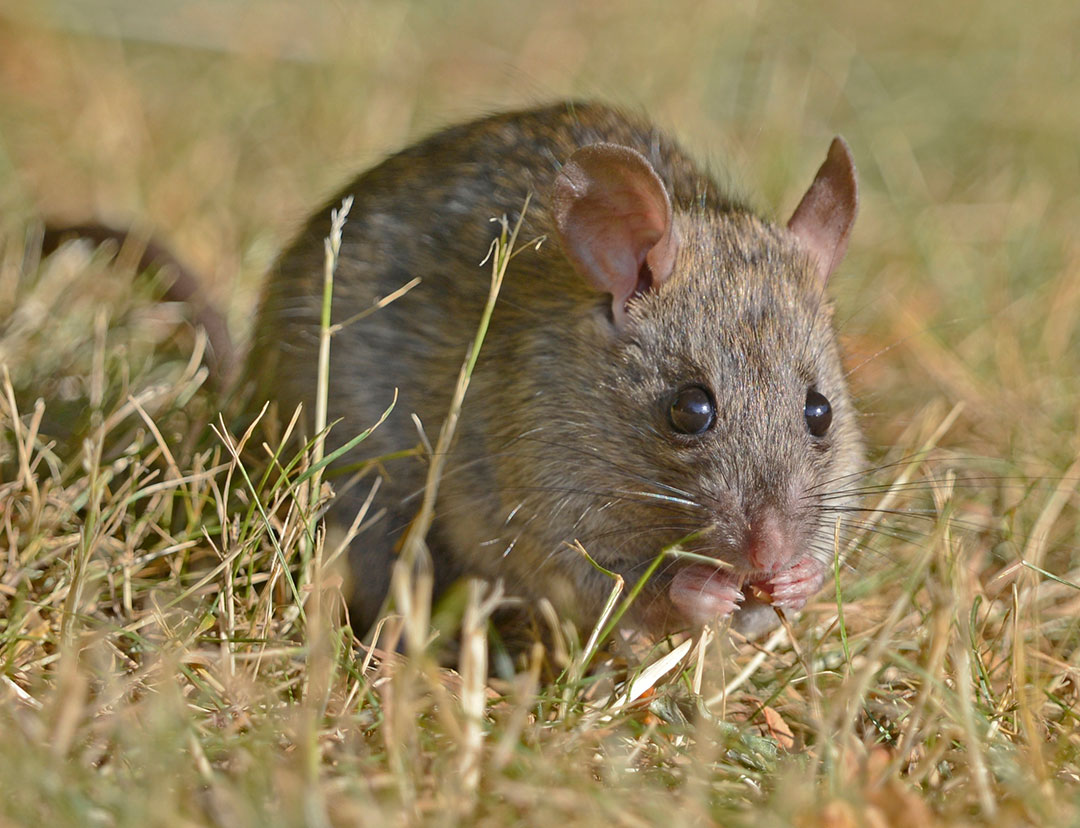
Credit: VJAnderson
“But there are several things we have to understand. Rats are one element of it, a main source of contamination. But also, hydrology is super important. Seasonality is super important.” Topography matters – the favelas are scarped; trash and water run downhill. Cement dries faster than soil, so surface material matters. And of course, there have to be humans present – no humans, no human exposure.
That’s where the epidemiology team comes in. Split into pairs, the epidemiologists – often including Khalil – trickle out into the community, block by block, collecting blood and saliva samples from willing human participants. “After that, we apply a questionnaire – a really, really long questionnaire. That’s the most frustrating part for the residents. It’s really invasive.” It can be uncomfortable, he explains, for residents to volunteer how much money they have, whether they experience anxiety or depression, what health conditions they suffer with, whether they have a toilet that connects to a sewer system.
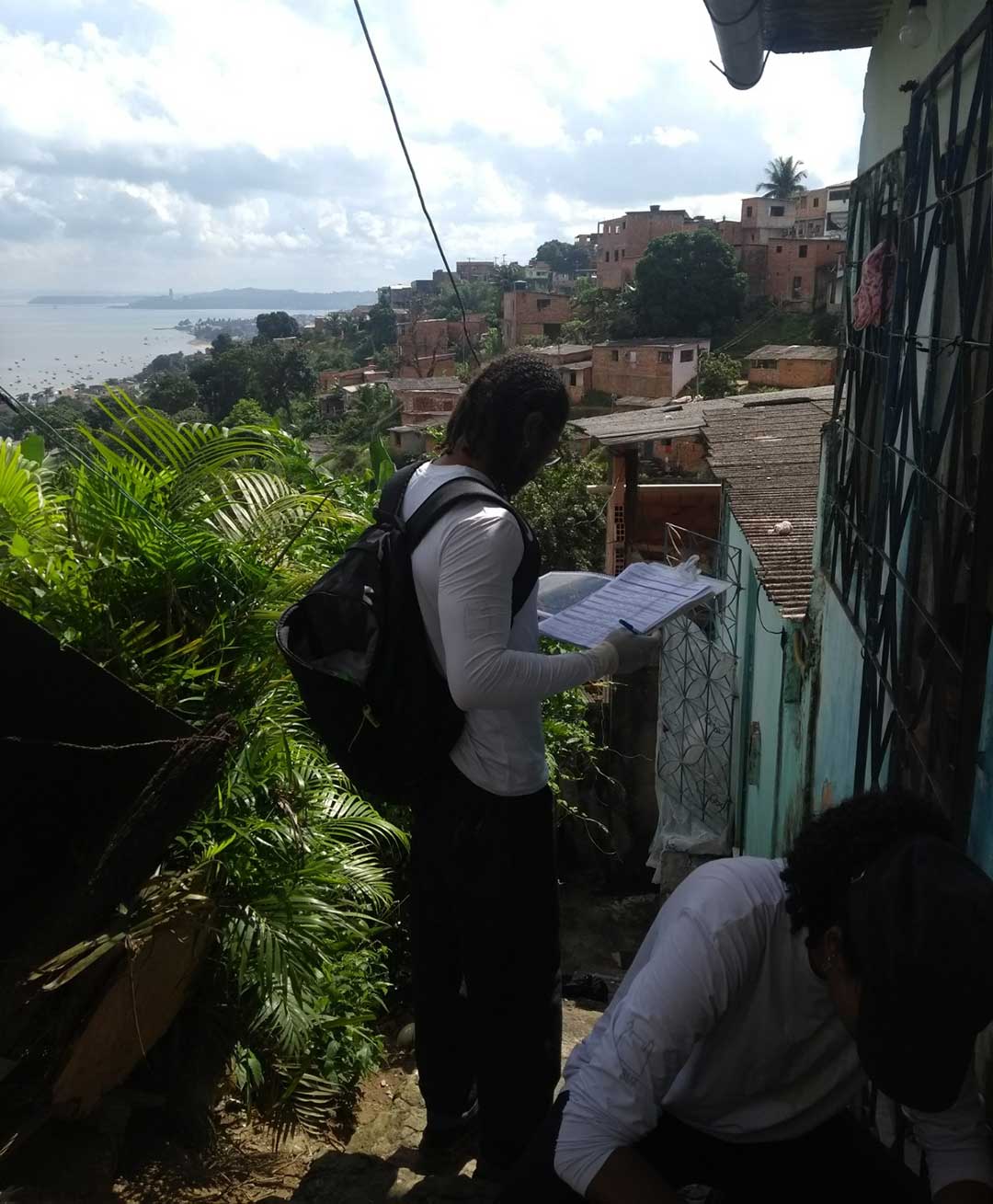
But the questions are worth asking. The entire project, in its communicating layers of diverse information, its interdisciplinary interest, is structured on the understanding that disease in humans is a human thing – and that the salient facts of a life include far more than simple biology.
*
Which means that the Salvador zoonosis project – like public health in general – is a political creature. “We ask residents what they think about the level of services they get from the government. What do they think works? What do they think doesn’t work? So again, focusing on health services – for example, rat control by rodenticide or mosquito control by spraying, trash collection, sewerage, etc.”
Here, Khalil often encounters an alarming deficiency of citizen expectation. “Unfortunately, you get a lot of people blaming… the way I think of it is blaming themselves by blaming their neighbours. So they say: ‘I clean, but they throw trash here,’ instead of saying, ‘The government doesn’t provide us with trash collection containers, or the truck for trash collection comes just once a week, and it doesn’t matter if there’s a trash container because it’s overflowing.’” He adds: “Not many people have the perception that, you know, we have a right to these things.”
That matters on its own terms, but it also has potentially profound importance for leptospirosis control.
In a paper lead-authored by Khalil and published in PLOS Neglected Tropical Diseases last year, the researchers found that contact with environmental sources of contamination, rather than increased “rattiness”, was what raised the leptospirosis risk for Salvador slum residents.
“Residents at higher risk were aware of their vulnerability, and their efforts improved the physical environment near their household, but did not reduce their infection chances,” write the researchers. Cleaning up – even asking your neighbours to mind their trash – can only get you so far when you live way downhill from sanitation privilege. “This work highlights the importance of socioeconomic and environmental factors in determining disease risk,” urge the paper’s authors, “and suggests that governmental interventions should focus on improving sanitation changes in the poorest parts of the community.”
“So if you asked me what would be the greatest predictor of human health, I would say at the moment two things: first, where the people live in the community – so I’m thinking hydrology and altitude – and second, socio-economic factors,” Khalil explains. “These would be the best predictors. Rats are there – rats are correlated with the bottom of valleys, with the presence of trash, with dilapidated houses and walls, etc. and low income [areas]. But within this matrix of correlations, rats are not consistently associated with risk. They are associated – but not as consistently as the other predictors, the two I’ve mentioned.”
To over-simplify his point: if you want to beat back leptospirosis, you should worry about rats. But you should worry about poverty and deprivation more.
*
You’d be forgiven for thinking that sounds like a costly instruction. But Khalil and his colleagues are on the hunt for specific, small, affordable, impactful interventions – sustainable, even in the economic and political context of the favelas as they are now.
“To my mind, targeting to get rid of rats by killing rats is not the way to go. It’s expensive. It requires a lot of effort. And you have to do it continuously,” says Khalil. What’s more, he and his colleagues have found no evidence that it works. If a given environment can support a population of 100 rats, then even if you kill them all, rats will move in from elsewhere. Very soon, there will be, again, 100 rats.
“But what if you change the environment?” he asks. There are profound ways to do this: infrastructural overhaul, covering all the sewers, fixing up sanitation systems, “which is super expensive, and requires a lot of governmental investment and commitment.”
There are also “less profound” approaches, like improving trash collection – or, failing that, finding better ways of handling trash in the interim. “There was an idea from the community. They suggested just hammering in to walls, a kind of a – what do you call it? A hook. High enough so that dogs can’t reach it to open it, so then the rats won’t come.” When the rain comes, he says, the dangling trash isn’t swept away.
“If you’re thinking of exposure – if we build a tiny bridge, connecting these two banks, that would remove for hundreds or tens of residents an exposure risk from walking through a constantly flooded area. Again – we can identify those spots from the spatial-temporal monitoring.” You can close a rat-corridor between two homes with nothing more than a few bricks, a few minutes, and a pair of hands.
In one interesting intervention, a trash-strewn open area was transformed into a little paved square with children’s swing-set and games court. One round of rodenticide took the local rat population down. It recovered – but never to previous levels, Khalil says.
A very good way to make an environment less hospitable to rats, it turns out, is to make it kinder to people.
Some of the research papers that have come out of the inter-disciplinary rodent-borne zoonosis project that Dr Hussein Khalil is part of have been collected here: https://gtr.ukri.org/projects?ref=MR/P024084/1
